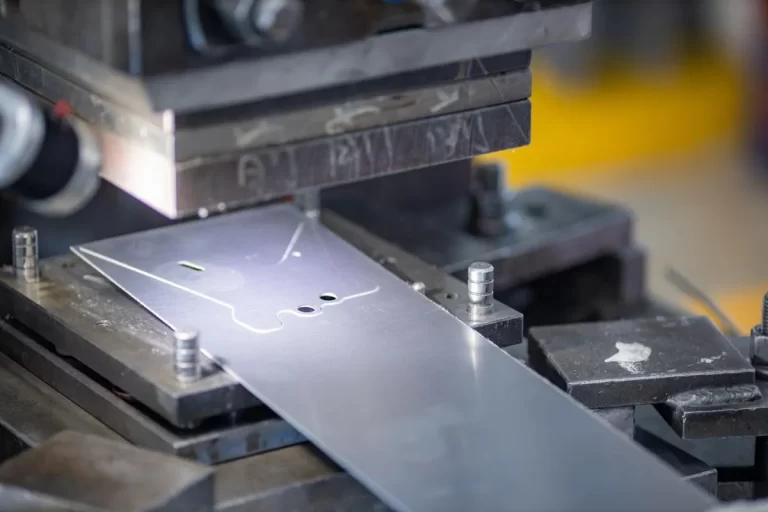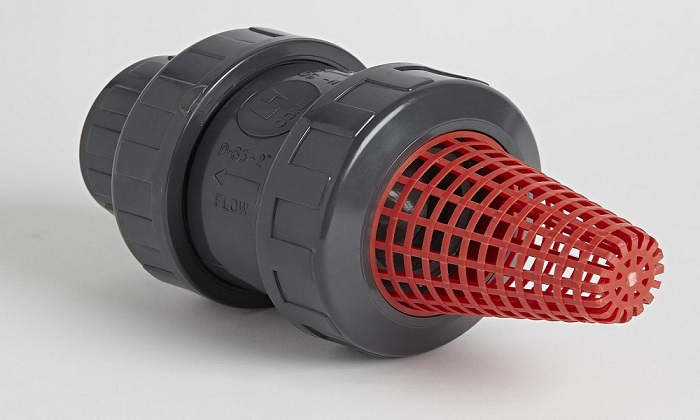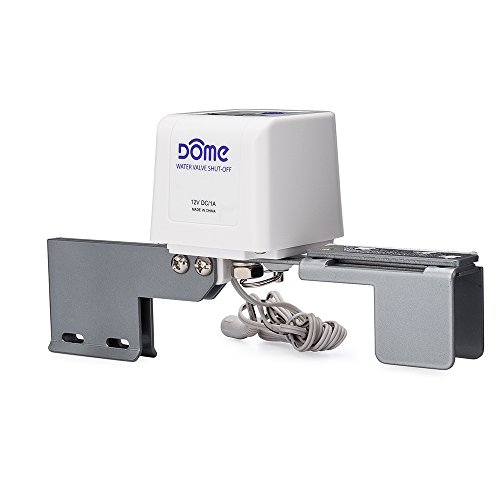Power Drills: Your Ultimate Tool for Any Project
Power drills are some of the most versatile tools used in both home improvement and construction. Whether you’re hanging shelves, assembling furniture, or working on large-scale projects, power drills simplify the task. This guide will walk you through the different types of power drills, how to select the best one, and their role in construction projects, including geotextile installations.

What is a power drill?
A power drill is a motorized tool that uses a rotating bit to create holes in materials like wood, metal, or masonry. Powered by either electricity or batteries, power drills are invaluable for tasks ranging from drilling to driving screws. Modern drills often include adjustable speed and torque settings for greater precision, and some models even feature a hammering action for tougher jobs.
Types of power drills
Here are the common types of power drills:
- Corded Drill: Powered by an electrical outlet, providing continuous power for long, heavy-duty tasks.
- Cordless Drill: Battery-operated and portable, cordless drills are ideal for lighter tasks and hard-to-reach places.
- Hammer Drill: Delivers a hammering action in addition to rotation, making it perfect for masonry work.
- Impact Driver: Designed for driving screws, especially when more torque is needed.
Each type of drill serves a different purpose, so selecting the right one is essential for the project.
Choosing the right power drill
To choose the right drill, consider these factors:
- Material: Hammer drills are best for concrete and masonry, while cordless drills suffice for wood and lighter materials.
- Power Source: Corded drills offer more power, while cordless drills provide flexibility for mobility.
- Speed and Torque: Drills with adjustable settings are more versatile for varied tasks.
- Battery Life: For cordless drills, a long-lasting battery ensures uninterrupted work.
Power drills are also highly effective in securing stakes and anchors for geotextile installations, which are essential for erosion control and ground stabilization.
Maintaining your power drill
Keep your drill in top shape with these tips:
- Clean after each use: Dust off the drill and bits to prevent clogging.
- Lubricate moving parts: Oil the drill regularly to reduce friction and prevent wear.
- Battery care: Avoid overcharging cordless drills to prolong battery life.
- Store properly: Keep the drill in a dry place to prevent rust and moisture damage.
Power drills are indispensable for all types of tasks, from household projects to larger construction jobs, including securing geotextiles during landscaping or road construction.


